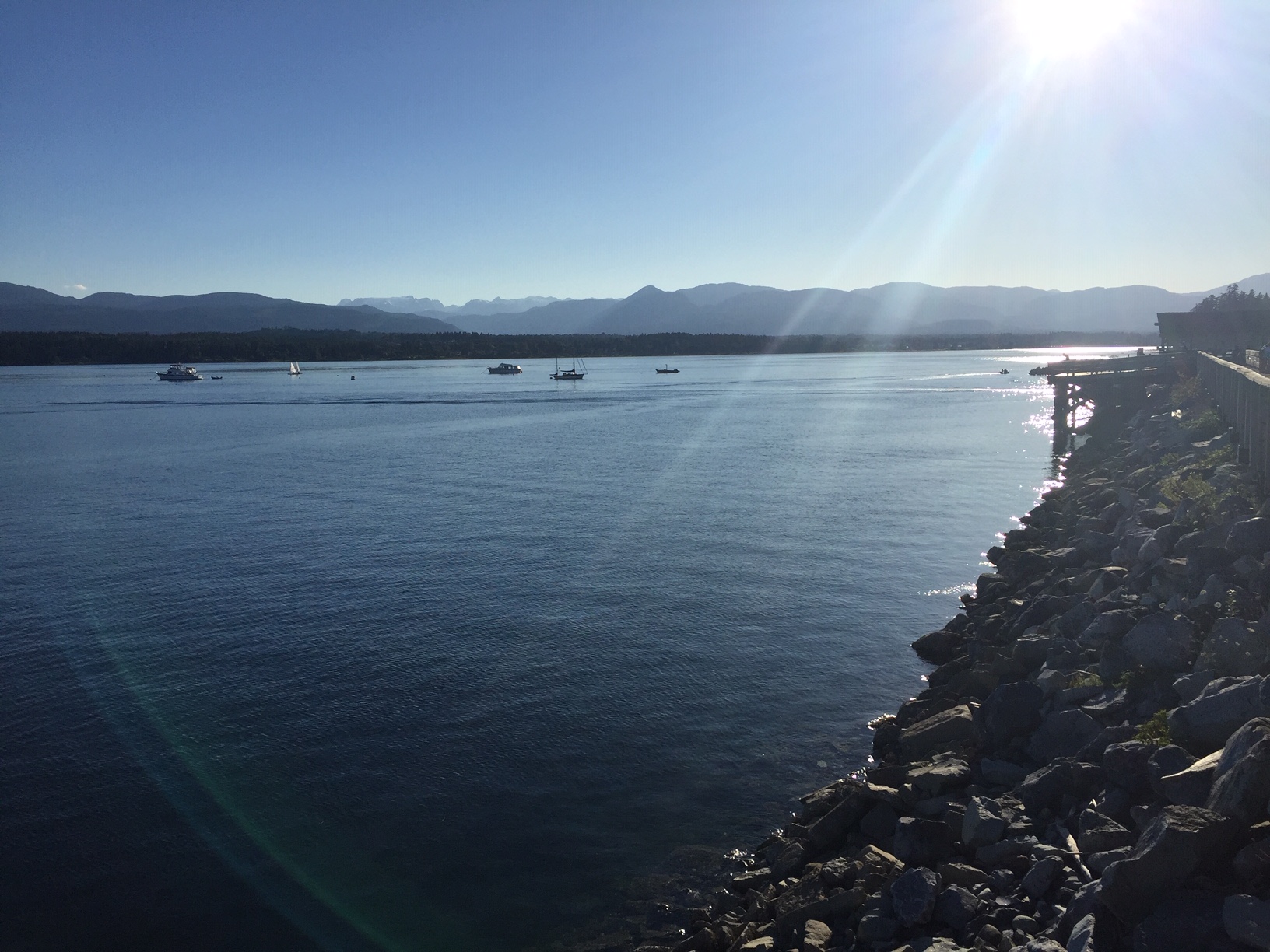Don’t be confused about the official start of summer. For meteorologists, summer usually begins at the start of June, not on the solstice.
Environment and Climate Change Canada says summer will begin on Friday, June 24.
The weather agency says they normally mark June 1 as the beginning of summer, with weather patterns beginning to change. This year, however, summer is a little late to the party.
“For once, we agree summer isn’t really starting on cue on the first of June,” said warning preparedness meteorologist Armel Castellan. “It really is starting on Friday of this week, which is going to see a big pivot in how the weather pattern is shaping up.”
Castellan says we are going to see a high-pressure system over most of western North America with lots of dry weather and outflow conditions.
The rise in temperature has prompted a special weather statement from Environment Canada. Castellan says the reason is because of the big change in temperature, along with a rise in the UV index and other factors.
“We’re going to see temperatures build on Friday but certainly Saturday, Sunday will be the peak of the temperatures hitting the upper 20s for many locations across Vancouver Island,” said Castellan. “It’s tapering off, but not super dramatically for Monday, Tuesday, maybe even Wednesday will stay with fairly warm temperatures.”
Castellan says the rise in temperature will feel more drastic because of the cooler temperatures the coast has seen over most of the spring and early summer.
He adds we need to keep an eye on seniors and other vulnerable residents as the temperature goes up.
The late start to summer has been caused by a La Niña weather pattern, where the oceanic surface temperatures are cooler than normal offshore.
Castellan says the cooler water has crept up along the coast into the Gulf of Alaska, so the warmer part of the ocean is not affecting North America as it normally would.
He adds that while we are back on track for a more normal summer, it is possible we will still see La Niña conditions.
“The La Niña conditions don’t typically have what’s called a teleconnection to the mid-latitudes in the summertime or the fall,” he said. “But the La Niña conditions are projected to continue right through summer with fairly high probabilities and into the fall and maybe into next winter.”
Castellan says it is too early to tell how long La Niña will last, and it will not be as clear until we get closer to fall.
With the warmer temperatures, Castellan is also warning those who are heading into the backcountry to be cautious about avalanche risks.
He says there is still a lot of snow that has not melted, and the warmer temperatures could make those conditions even more dangerous.




